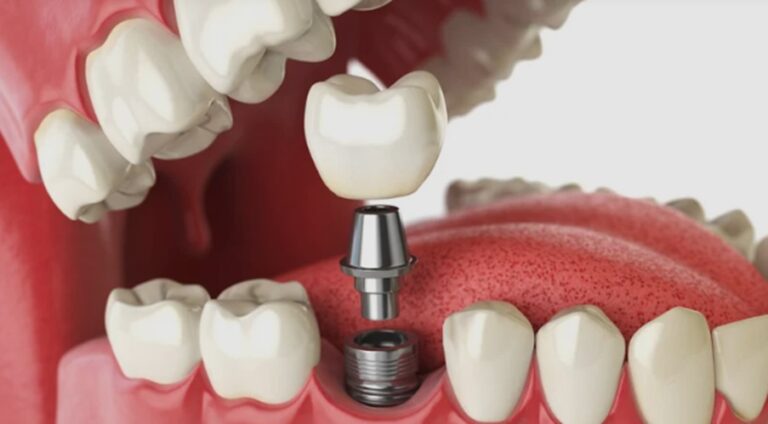
IV therapy is a treatment that involves the infusion of fluids, medications, and other nutrients directly into a vein. It helps to provide immediate relief for various medical conditions, including dehydration, malnutrition, and sepsis. IV therapy can also help to administer chemotherapy or other treatments for cancer. The types of IV medications used during treatment vary according to what part it is being used for. For example, antibiotics and anti-nausea medication are given before or during surgery. Make sure you talk to a specialist in IV therapy in Phoenix before the procedure.
How Does it Work?
IV therapy delivers fluids and medication through a catheter, a long tube inserted into the vein. Once placed intravenously, fluid from an IV bag flows through the catheter and bloodstream. An IV medication bag connects to the catheter. It delivers the medications directly into the bloodstream through a separate tube called an extension set. After completing its infusion process, the fluid and medicine remain in the body for several hours. It makes it possible for patients to recuperate or receive treatment more quickly than orally taking these drugs.
What Are the Benefits?
There are many benefits to using IV therapy. One of the most obvious is providing an immediate infusion of fluids and medications into the bloodstream. Patients can recover quickly from surgeries or other medical procedures. It also allows for administering high doses of medicines, which is particularly beneficial in severe illness or injury cases. The process is minimally invasive and does not require an incision or stitches. In some cases, medications can be delivered through a catheter during a surgical procedure without interrupting it. It means that patients receiving IV therapy can benefit from advanced medical care while recuperating from surgery at home.
What Are the Different Types?
There are several types of IV therapy available. Some of the more common types include central line IV, peripheral IV, and portable IV. Central line intravenous therapy is an intravenous therapy used by inserting a tube into the jugular vein or the subclavian vein. You can use it to deliver enormous amounts of fluids and medications over a long period. This type of therapy mostly appears in hospitals and other healthcare facilities.
Peripheral IV therapy is a type of IV therapy that is used by inserting a tube into a vein in the arm or hand. It is the most common type of IV therapy and delivers small amounts of fluids and medications over an hour or less. Patients can administer this type of therapy at home with the help of a caregiver during recovery from surgery, injury, or other medical condition.
Portable IV therapy is a type of IV therapy that is used for short-term or emergency treatment when access to central line intravenous therapy is limited. It features a small bag that holds approximately 250ml of fluid. The medication is given through a small tube called an extension set, which connects the bag to the catheter in the patient’s hand or arm.
In summary, IV therapy is a treatment that involves the infusion of fluids, medications, and other nutrients directly into a vein. Some benefits include quicker recovery and the elimination of the need for surgery. Typical forms of IV therapy include central line intravenous therapy, peripheral IV, and portable IV.




